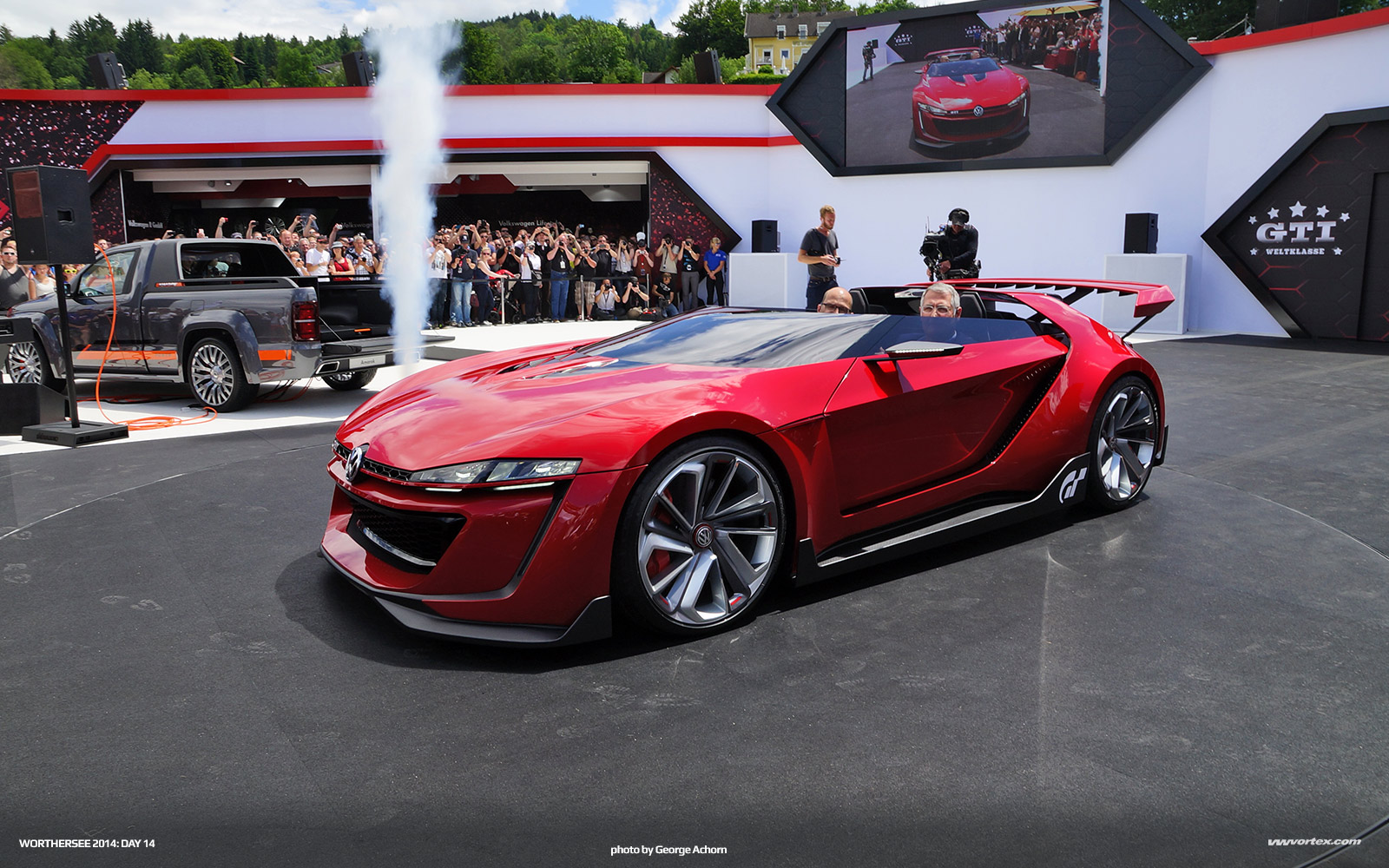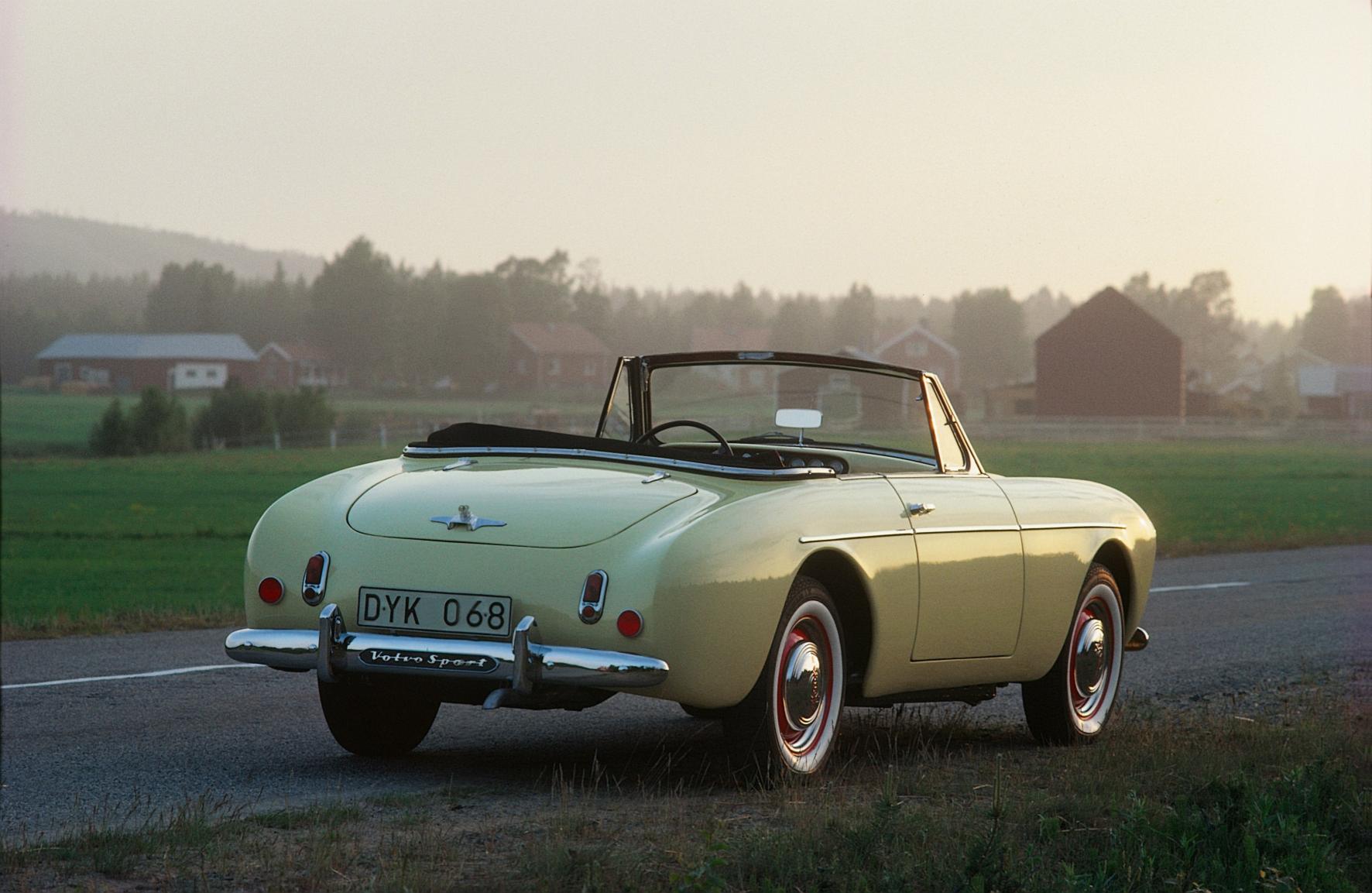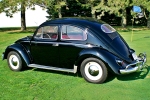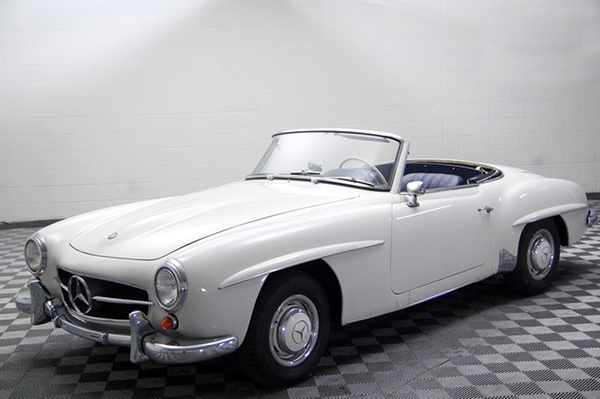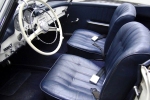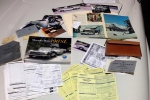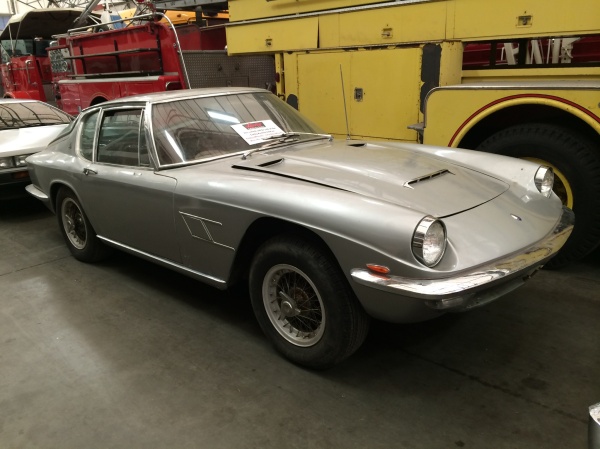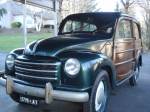Volkswagen is turning the virtual world into reality this weekend, as it presents the GTI Roadster concept at the famous Wörthersee GTI meeting in Austria.
The GTI Roadster was originally created as a purely electronic car, to feature in the Sony PlayStation® 3 classic, Gran Turismo 6 (GT6). The result of cooperation between Volkswagen and Sony Computer Entertainment, the GTI Roadster is the work of three young Volkswagen designers, winners of an in-house competition to design a vehicle to celebrate the 15th anniversary of the Gran Turismo game.
Unconstrained by the constraints of production models – for example feasibility and price – designers Malte Hammerbeck, Domen Rucigaj and Guillermo Mignot came up with a winning design that was selected by Klaus Bischoff, Head of Design for the Volkswagen Brand, and Kazunori Yamauchi of Sony Computer Entertainment, the creator of the Gran Turismo series.
The virtual car was unveiled on 26 May, and just days later, Volkswagen is presenting it made real, at the annual gathering of GTI fans on the shores of Wörthersee, which runs from 18-31 May.
The GTI Roadster draws on last year’s Wörthersee car, the Design Vision GTI, but with an even more extreme design. Its 2,494 mm wheelbase is 137 mm shorter than that of the production Golf GTI, and also shorter than the wheelbase of the Design Vision GTI. The GTI Roadster’s minimal height (1,090 mm) and extreme width (1,894 mm) versus its overall length (4,158 mm) help create jaw-dropping proportions.
Power for the two-seat GTI Roadster comes from a 3.0-litre V6 biturbo TSI engine that produces 503 PS, and maximum torque of 560 Nm between 4,000 and 6,000 rpm. Some 500 Nm of torque is available from just 2,000 rpm. Power is delivered via a seven-speed DSG gearbox and 4MOTION four-wheel drive, helping to propel the 1,420 kg GTI Roadster from zero to 62 mph in just 3.6 seconds, and on to a top speed of 190 mph. Stopping power is suitably prodigious, thanks to ceramic brakes that nestle behind 8.5 J x 20-inch wheels with 235/35 tyres at the front and 9.5 J x 20-inch wheels with 275/30 tyres at the rear.
The exterior of the car is painted a new colour, called Gran Turismo Red, which is designed to make the GTI Roadster look fast, even when it is standing still. The interior features black- and anthracite-coloured sections, contrasted by classic GTI red on the stitching and also on the five-point safety harnesses.
While there are no plans for production, players of GT6 will be able to download the virtual GTI Roadster from mid-June.
View the live unveiling on VWVortex here and full coverage of Wörthersee here.
